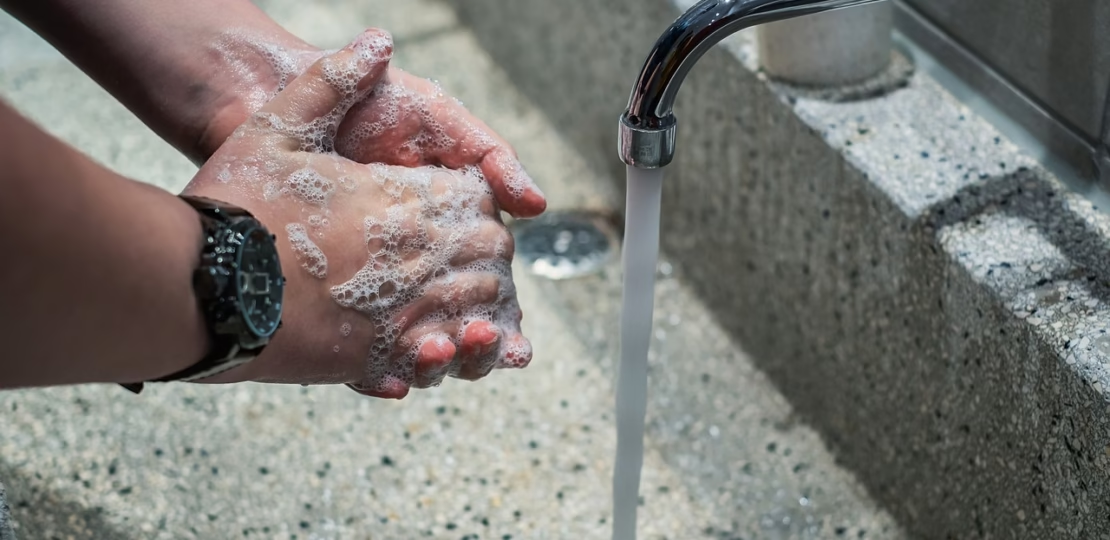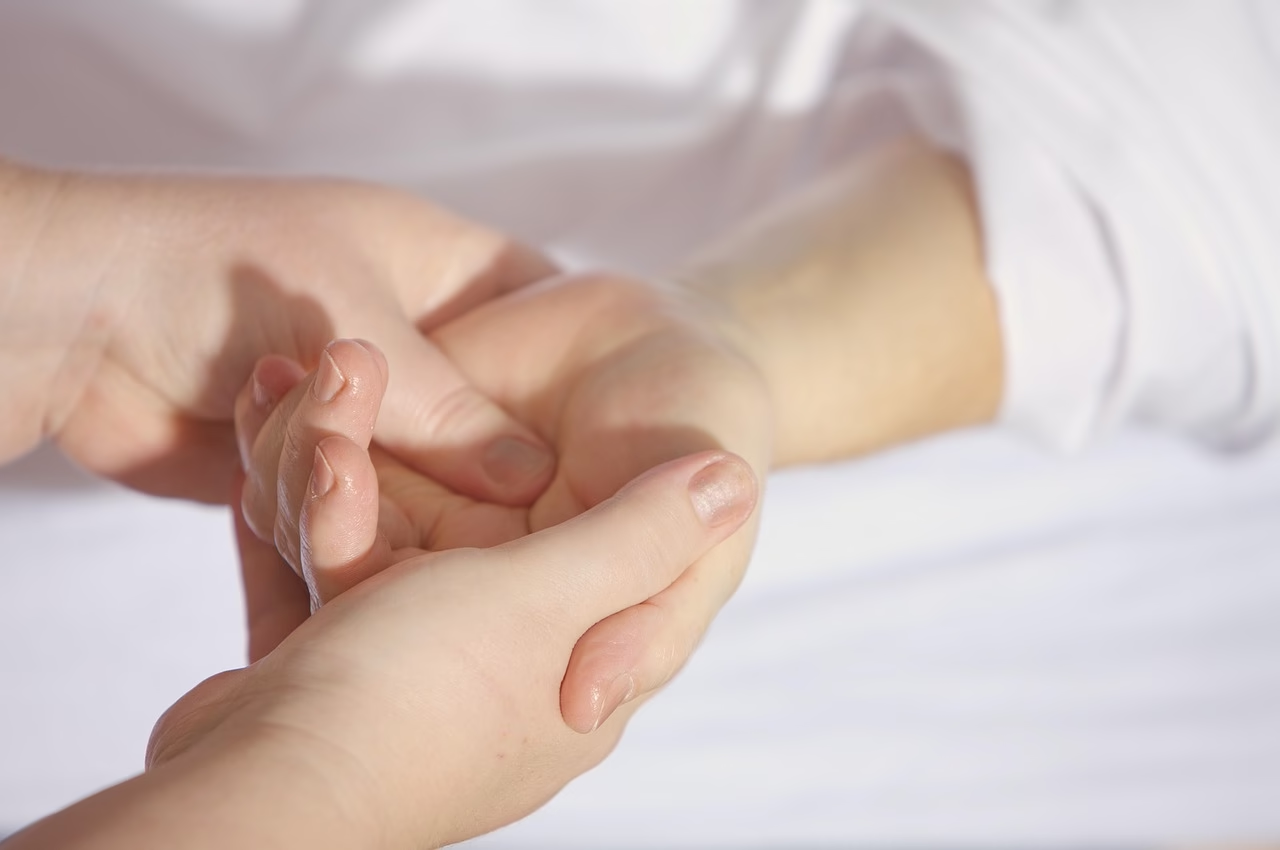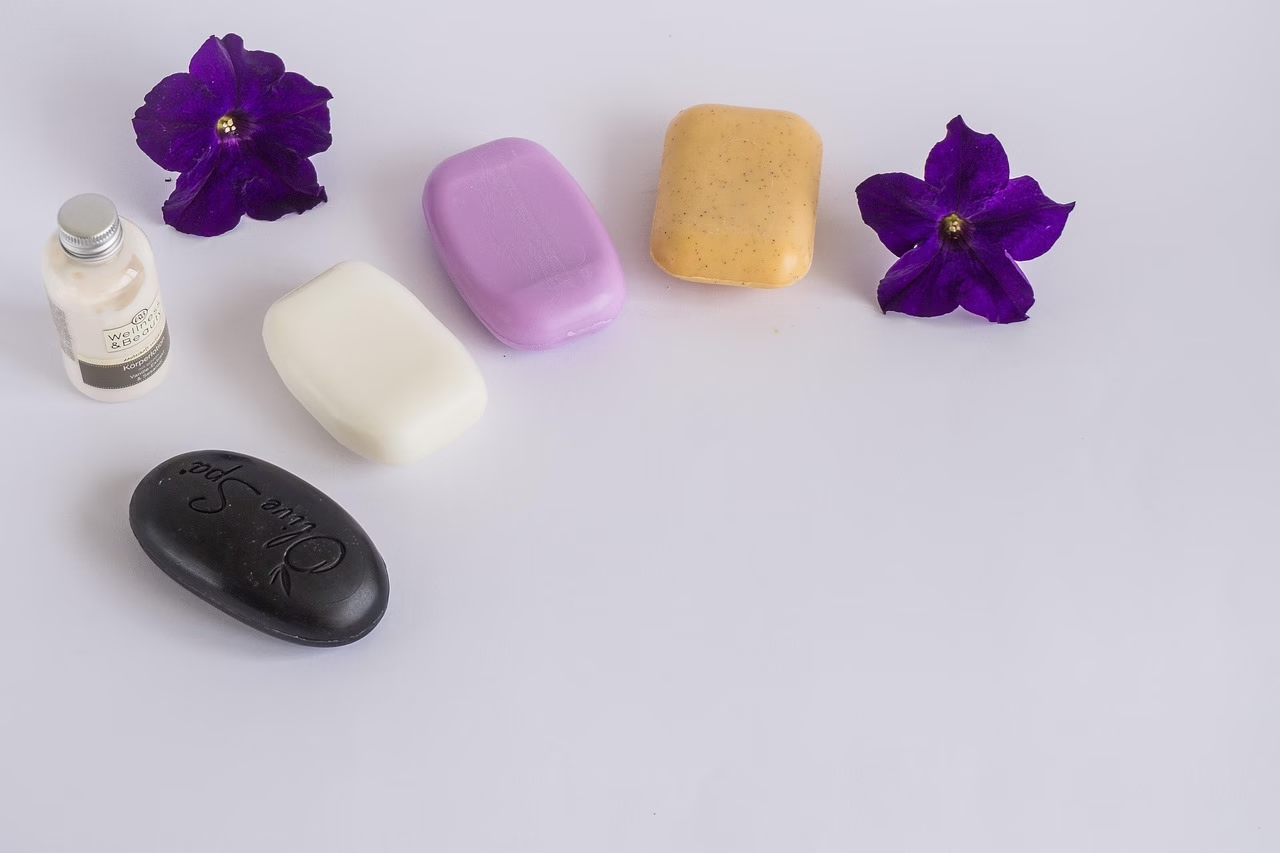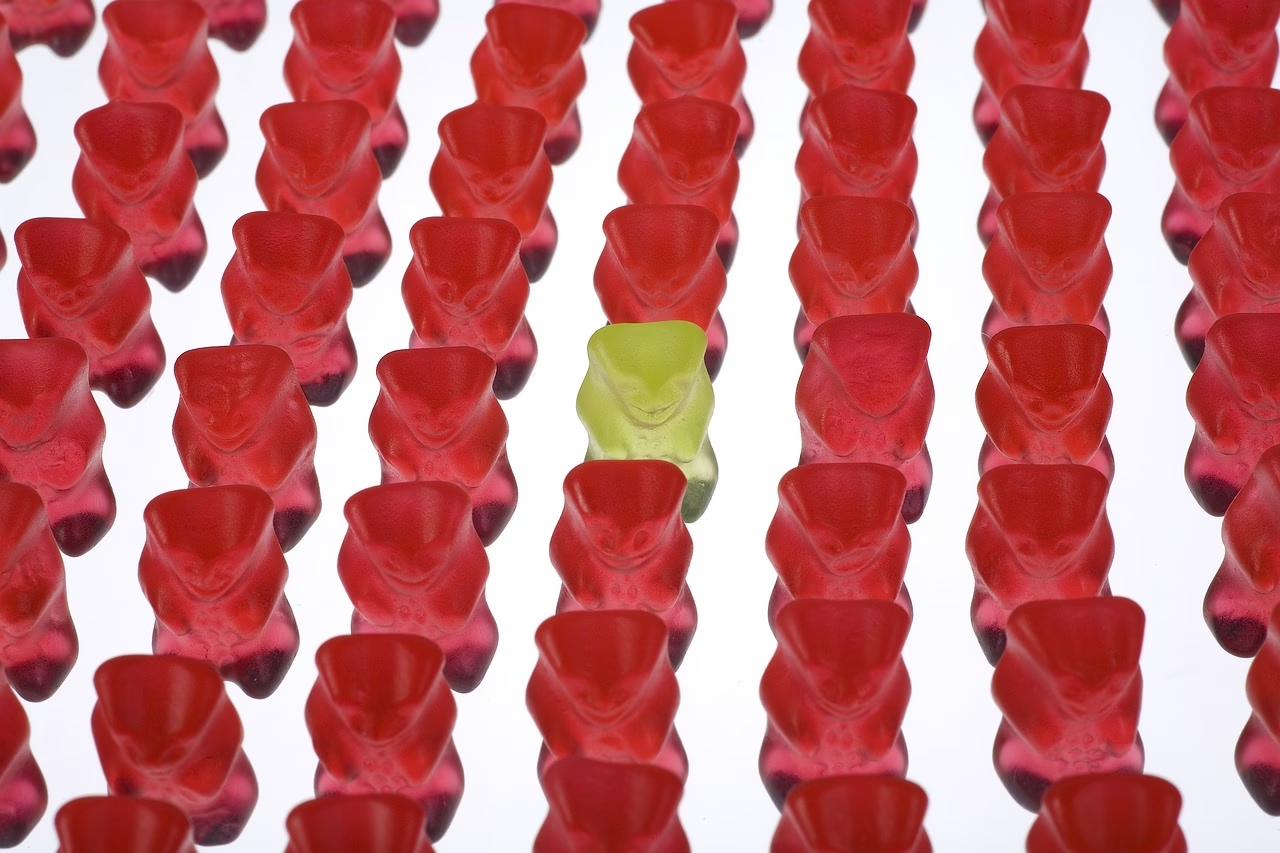There’s a moment in the cold plunge ritual—a brief pause between anticipation and immersion—that’s almost sacred. In that heartbeat, stripped of distractions, we find a rare clarity. For years, I approached the idea of cold plunge therapy with a gentle skepticism. Yet standing barefoot at the edge of silvery water on a brisk morning, what I found was less about bravado and more about coming home to both body and mind.
The Chilling Truth: What Is Cold Plunge Therapy?
Cold plunge therapy goes by many names: cold immersion, cold water therapy, or simply the act of submerging oneself (briefly) in icy water, usually between 39–59°F (4–15°C). It’s not merely a feat for daredevils or professional athletes—though their stories pave the way. More and more, everyday people are embracing the practice for its profound health benefits and the calm resilience it nurtures.
“Cold doesn’t ask for perfection—it simply requests presence.”
The Science Behind the Chill: Benefits for Body & Brain
My journey as a medical researcher has taught me that healing isn’t always linear, nor does it always arrive in warmth and comfort. Cold immersion triggers a cascade of physiological and psychological shifts:
- Improved Circulation: Upon entering cold water, blood vessels constrict; upon leaving, they quickly dilate, encouraging robust blood flow and invigorating the body’s natural detoxification processes.
- Reduced Inflammation & Soreness: Cold therapy can blunt acute inflammation. That’s why it’s often a post-exercise go-to for athletes. Microtraumas in muscle after intense workouts are soothed, helping recovery to feel a little more graceful.
- Mood & Mental Clarity: Immersion in cold water releases a surge of endorphins and noradrenaline—a combination shown to boost mood, sharpen alertness, and even ease symptoms of mild depression or anxiety, according to emerging clinical studies.
- Enhanced Immune Response: Regular cold exposure may ramp up the body’s antioxidant defenses and white blood cell production. While not a silver bullet against illness, it’s one more layer of resilience in our wellness toolkit.
Personally, the most profound impact hasn’t been physiological, but psychological. Each plunge strips away mental chatter, grounding me in a primal sense of “now.” As I’ve guided clients through their own cold water practice, I’ve witnessed the same—a softening of stress, a sharper sense of confidence, and a new appreciation for mindful discomfort.
Roots in Tradition, Blossoming in Modern Wellness
Cold plunging is hardly new. Ancient Greek, Roman, and Nordic cultures embraced cold baths as ritual and restoration. Today, Finnish saunas and Japanese misogi traditions elegantly blend contrast therapy for holistic health. In modern wellness circles, cold plunge tanks, guided group immersions, and riverside dips are weaving a global tapestry—connecting us to elemental rhythms and communal courage.
Getting Started Safely: Compassion in Cold Practice
The invitation is simple, yet demands gentleness. If you’re new to cold immersion:
- Start slow. Try cool (not cold) showers for brief intervals before submerging in icy water.
- Listen to your body. Shivering is normal; numbness or pain is your cue to get out and warm up gradually.
- Never go alone. Having someone nearby, especially at the start, is both safer and more encouraging.
- Avoid cold plunges if you have a heart condition or underlying circulatory problems unless cleared by your healthcare provider.
I find small rituals enrich the experience: deliberate breathing, gentle movement before and after, and a moment of gratitude for the vitality and resilience each plunge fosters.
A Final, Gentle Encouragement
Wellness, to me, is less about perfection and more about presence—embracing the full tapestry of sensation, even those that startle and awaken. Whether you dip a toe or dive right in, cold plunge therapy invites us to meet challenge with calm and discover a reservoir of strength, clarity, and compassion not bound by temperature, but by intention.
Dr. Rachel Bloom





